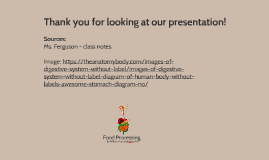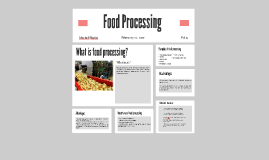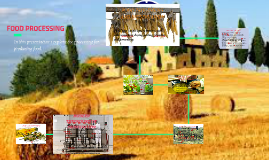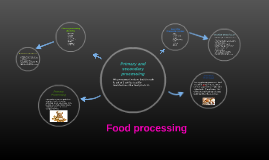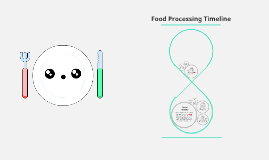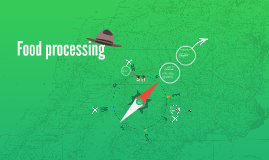Processing food
Transcript: Food chemistry Colorantes artificiales se han observado para causar reacciones de hipersensibilidad en personas sensibles promoción de condiciones tales como el TDAH (trastorno por déficit de atención con hiperactividad), las condiciones de asma y de la piel como la urticaria y la dermatitis atópica. Por lo tanto, evitar los alimentos que contienen estos y otros aditivos químicos puede contribuir en gran medida a la salud. Processed food The biological substances include such items as meat, poultry, lettuce, beer, and milk . It is similar to biochemistry in its main components such as carbohydrates, lipids, and protein, but it also includes areas such as water, vitamins, minerals, enzymes, food additives, flavors, and colors by Andrea Lomeli, Melissa Romero , , Melissa Monreal ,Denise Garcia,Lourdes Salazar. Some of the many additives included in processed foods are thought to have the ability to compromise the body's structure and function and are suggested to be related to the development of skin, pulmonary and psycho-behavioral conditions Some foods are several sources of conservation as pasteurization, salting out, among others. Pasteurization. It consists of raising the temperature to degrees c (celcius) at high temperatures and lower it quickly so cool and so is preserved. What are the problems on processed foods? Food processing is the transformation of raw ingredients into food, or of food into other forms. Food processing typically takes clean, harvested crops or butchered animal products and uses these to produce attractive, marketable and often long shelf-life food products. what is it?






